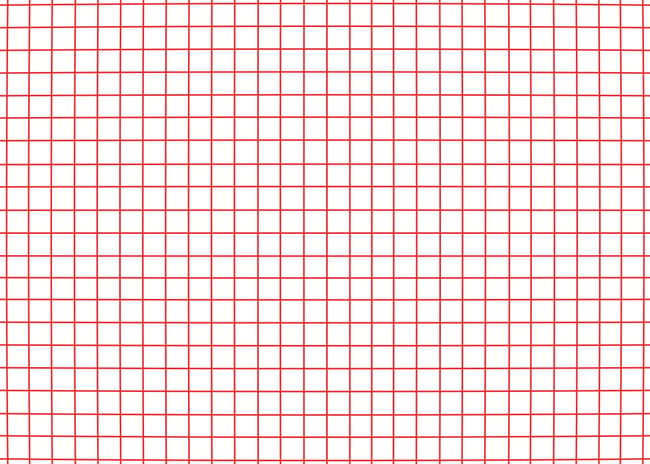Focusing Characteristics
The Nikon Z 35mm f/1.2 S autofocuses quickly and almost silently, with very impressive accuracy. Because of the very bright maximum aperture, you will have no trouble focusing this lens in dim environments. 35mm is wide enough that the lens doesn’t need to be as “precise” as the 50mm or 85mm f/1.2 lenses – you will still get good sharpness if your subject moves a little. It also focuses a bit more quickly than both of those lenses.
With a minimum focusing distance of 30 cm / 12 inches, you can get some good close-up photos of small subjects like plants and flowers with this lens (while shooting at 1:5 magnification). The depth of field at f/1.2 is very thin at this magnification, but it can lead to unique photos in its own right.
Videographers will be comforted to know that the lens has hardly any focus breathing. The lens only magnifies by a hair when focusing closer.

Distortion
The Nikon Z 35mm f/1.2 S has very low levels of distortion, measuring just -1.11% barrel distortion in the lab. You will not need to correct such a low amount of distortion unless you photograph architecture, or a chess board from above. Even then, the distortion is low enough that it can be corrected easily.
Below, we have simulated -1.11% barrel distortion for you:

Vignetting
In uncorrected images, the Nikon Z 35mm f/1.2 S does have vignetting, but actually it’s less than you might think. I was expecting more vignetting from a lens with such a wide aperture. Here are the lab results courtesy of Spencer:

You will need to correct it at f/1.2 and f/1.4 much of the time, but f/2 and beyond do not need a lot of corrections. This is better than expected, even considering the price of the lens.

Lateral Chromatic Aberration
There is a slight amount of lateral chromatic aberration on the 35mm f/1.2 S. It is most visible as you stop down to f/11 and f/16. This amount can be corrected easily, but it may appear on occasion if you forget to check the box for lens corrections.

Sharpness
A 35mm prime lens for $2800 had better be sharp. This is what Spencer measured in the Photography Life lab:

It is more than sharp! Even f/1.2 looks good. Stopping down continues to improve the image until it is sharpest at f/2.8 or f/4 (depending on whether you look at the center, midframes, or corners). The corner sharpness at f/4 is some of the highest in our database. Very few lenses are anywhere near this sharp.
Early Access:
See all of our sharpness tests weeks (or months) before we publish the full review when you become a Photography Life Member. Photography Life Members can also access our Online Workshops, monthly photo critiques, Creative Landscape Photography eBook, and more. Thank you for supporting Photography Life – we are an ad-free website thanks to you!
Coma
Related to sharpness is coma, a lens aberration that can make dots of light in the corner of a photo look like smears. Coma isn’t usually visible in everyday photography, but for something like cityscape or Milky Way photography, it can be a factor.
The Nikon Z 35mm f/1.2 has very little coma for an f/1.2 lens. Here is a series of crops to show the coma performance at different apertures. These 946 x 631 pixel crops from the 45-megapixel Nikon Z7 have not been resized, but you must click the images below to view them uncompressed:





As you can see, there is some mild coma at the wider apertures. There is no significant improvement going from f/1.2 to f/1.4. From there, we see successive (but small) improvements going to f/1.8, then f/2, then f/2.8. However, the amount of coma here is low even at f/1.2, making this a great lens for Milky Way photography if 35mm suits your photo.
Bokeh
Leaving aside the low-light capabilities of fast lenses, the main reason for buying monster lenses with f/1.2 aperture is how they render out-of-focus areas – their bokeh. Nikon clearly put a lot of effort into ensuring that its 35mm flagship doesn’t disappoint here. And it’s not just about shallow depth of field, it’s about how that depth is rendered. Here are some of my favorite bokehlicious images from the lens:





There is very little color fringing in the bokeh. What you’ll see next is the worst I managed to get out of the lens.


This is a smaller amount of color fringing than normal for a wide, fast lens. Nikon did an excellent job with the bokeh on this one.
Flare and Sunstars
Shooting into the light brings out another familiar pattern. The 35mm f/1.2 comes armed with Nikon’s best coatings, and it shows. I wondered if the complex optical design (17 element in 15 groups) with 11-blade rounded aperture would have good flare and sunstar performance. However, flare is very well controlled, and even with the sun in the frame, the image holds up beautifully.

Here is how its two 35mm brothers fare by comparison:


The f/1.8 does almost as well, though it requires a bit more caution. The 35mm f/1.4, however, gives off real ’90s vibes, and not just in character. Its flare resistance is equally vintage. Give it a strong light source like the sun, and it’ll happily paint your image with a variety of flares. If that’s what you love, you’ve found your winner. Otherwise, I prefer the Nikon Z 35mm f/1.2.

Speaking of comparisons, I have compared these three lenses further on the next page of the review.
Table of Contents